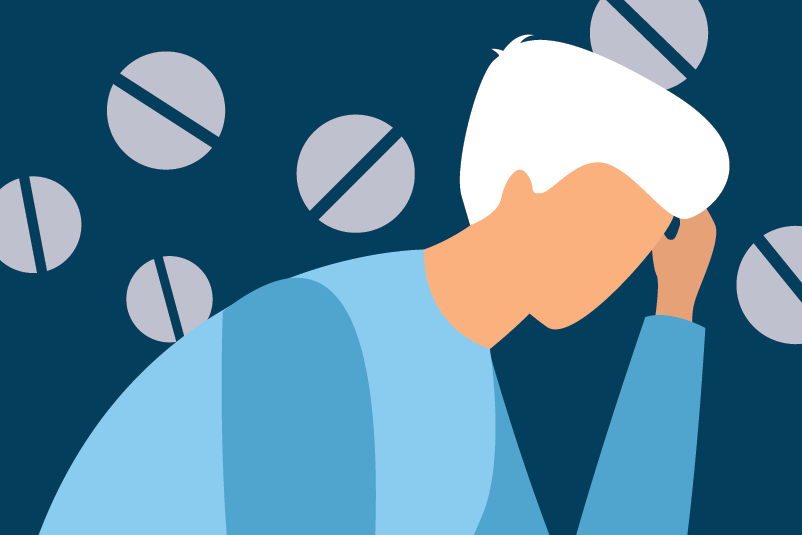#243 Widespread Distribution of Naloxone to Decrease Opioid-Related Deaths

Reading Tools for Practice Article can earn you MainPro+ Credits
Join NowAlready a CFPCLearn Member? Log in
- 1676 inmates being released from prison were randomized to kit with single dose naloxone versus no naloxone.1,2 After 3 months:
- Opioid-related deaths: 0.7% naloxone versus 0.4% no naloxone arm, not statistically different.
- Limitations: Trial stopped early as ~66% of naloxone used on others, thus limiting individual patient analysis.
- Naloxone kits and overdose education provided to people who use opioids, friends/family, and social agency staff, in Massachesettes.3 After one year:
- Opioid-related deaths in community (per 100,000): 11.6 with program, 19.0 without program.
- Opioid-related hospital visits: unchanged.
- Other studies found naloxone kits provided to Scottish prisoners (pre-release) or to patients attending Catalonia harm reduction centers decreased opioid-related deaths.4,5 Evidence limited by:
- Improper or unknown “denominators” (number of prisoners released or Catalonian program participants).
- Limitations: observational studies results may be influenced by other interventions (example: opioid agonist therapy prescribing).
- Every day, 2 Albertans and 11 Canadians die of an opioid-related death.6,7
- Those at higher risk of opioid-related death include:
- Previous opioid overdose.8
- Discharge themselves from drug treatment programs.8,9
- Recently released from prison.8,10
- Use higher doses of prescribed opioids.8,11
- Co-ingest benzodiazepines and/or anti-psychotics.8,11,12,13
- Patient level data supports the use of naloxone by non-medical personnel, emergency medical services, or in the emergency department.14,15






